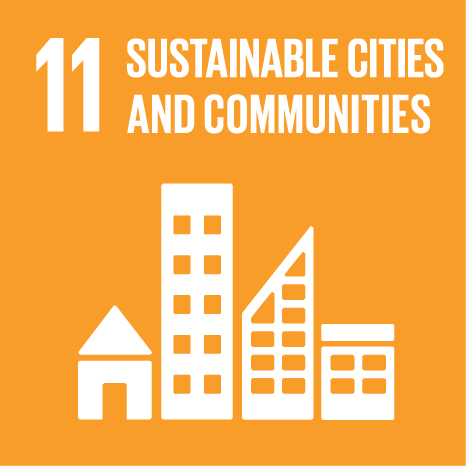Covidfencing, territorial development and border cities
Event Title
Congrès du centenaire de l’Union Géographique Internationale (UGI)
Year (definitive publication)
2022
Language
English
Country
France
More Information
--
Web of Science®
This publication is not indexed in Web of Science®
Scopus
This publication is not indexed in Scopus
Google Scholar
This publication is not indexed in Google Scholar
This publication is not indexed in Overton
Abstract
In the European Union, around 30% of the population live in border regions (border NUTE 3), covering approximately 40% of the territory. These regions have, for the most part, lower territorial development levels than non-border regions. The exceptions are commonly the border cities which serve as anchors of development for the entire border region, making their analysis especially important for better understanding the territorial development challenges, as well as the territorial capital and trends of border regions. In this context, this paper presents a theoretical framework of the territorial development process while linking it to the potential contribution of border cities to the territorial development of border regions. The paper concludes with the analysis of the territorial development trends of the main EU border cities during the last decade (2005-2015), largely based on statistical elements and available literature. Based on the European case, 65 border twin cities were identified and analysed. These are, with few exceptions, small and medium-sized cities, located in lagging regions. However, they hold the key to increase the territorial development potential of EU border regions, since they concentrate the human and socioeconomic capital of these regions. In addition, the analysis will debate some of the potential effects of the recent (since 2020) covidfencing process to Border cities. Indeed, the beginning of 2020 saw the global spreading of the COVID-19 pandemic, leading to a systematic closure of national borders across the world. As expected, in Europe, where close to two million commuters’ cross national borders on a daily basis to work, this new reality has provoked significant setbacks to their lives. Based on evidence already available from several sources, this paper presents some of the main impacts of the covidfencing process in the European border cities.
Acknowledgements
--
Keywords
Border Cities,Territorial Development,Eurocities,Border Regions,Covidfencing
Fields of Science and Technology Classification
- Social and Economic Geography - Social Sciences
Contributions to the Sustainable Development Goals of the United Nations
With the objective to increase the research activity directed towards the achievement of the United Nations 2030 Sustainable Development Goals, the possibility of associating scientific publications with the Sustainable Development Goals is now available in Ciência_Iscte. These are the Sustainable Development Goals identified by the author(s) for this publication. For more detailed information on the Sustainable Development Goals, click here.

 Português
Português


